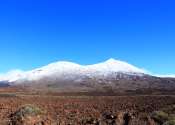IBM reveals novel energy-saving optical receiver with a new record of rapid power-on/off time
With the increasing popularization of datacenters and other bandwidth hungry interconnect applications, today's bandwidth growth of short-distance optical networks demands data transmission speeds of more than 100 Gb/s, calling ...









